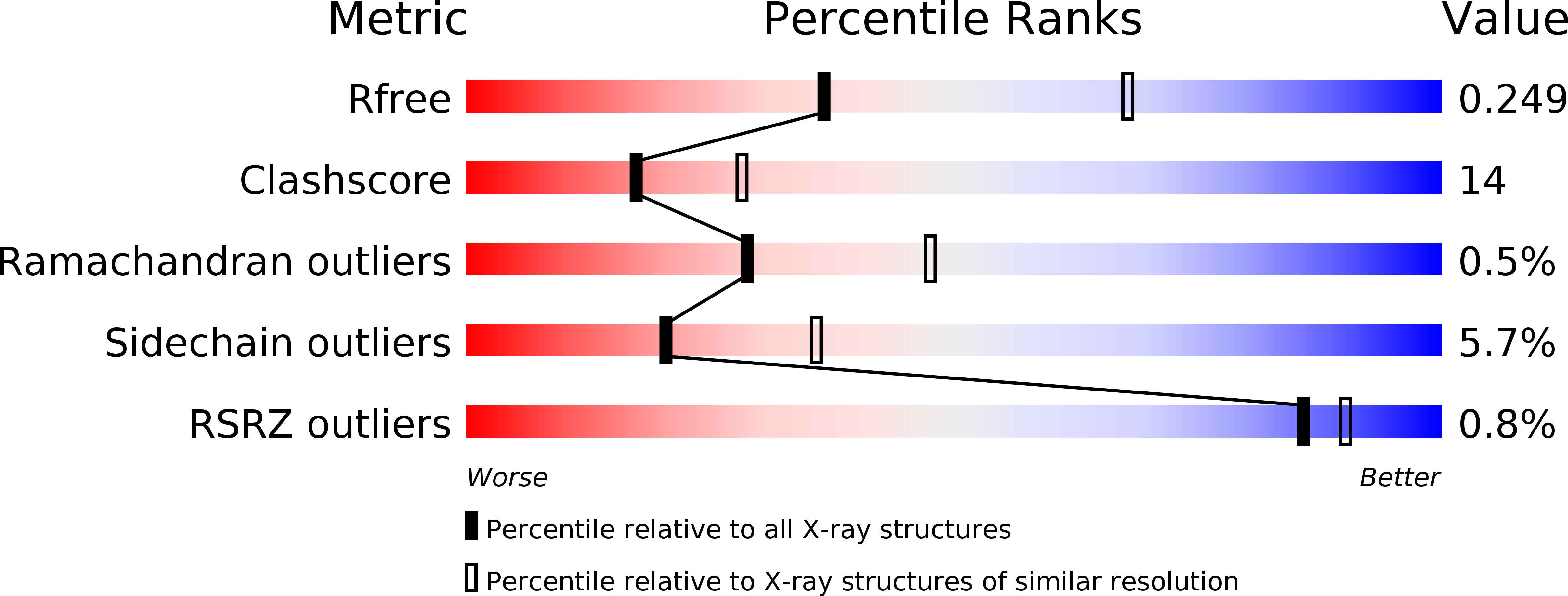
Deposition Date
2007-01-12
Release Date
2007-06-19
Last Version Date
2024-10-23
Entry Detail
PDB ID:
2E7Q
Keywords:
Title:
Crystal structure of basic winged bean lectin in complex with b blood group trisaccharide
Biological Source:
Source Organism:
Psophocarpus tetragonolobus (Taxon ID: 3891)
Method Details:
Experimental Method:
Resolution:
2.75 Å
R-Value Free:
0.25
R-Value Work:
0.19
R-Value Observed:
0.19
Space Group:
P 21 21 2


